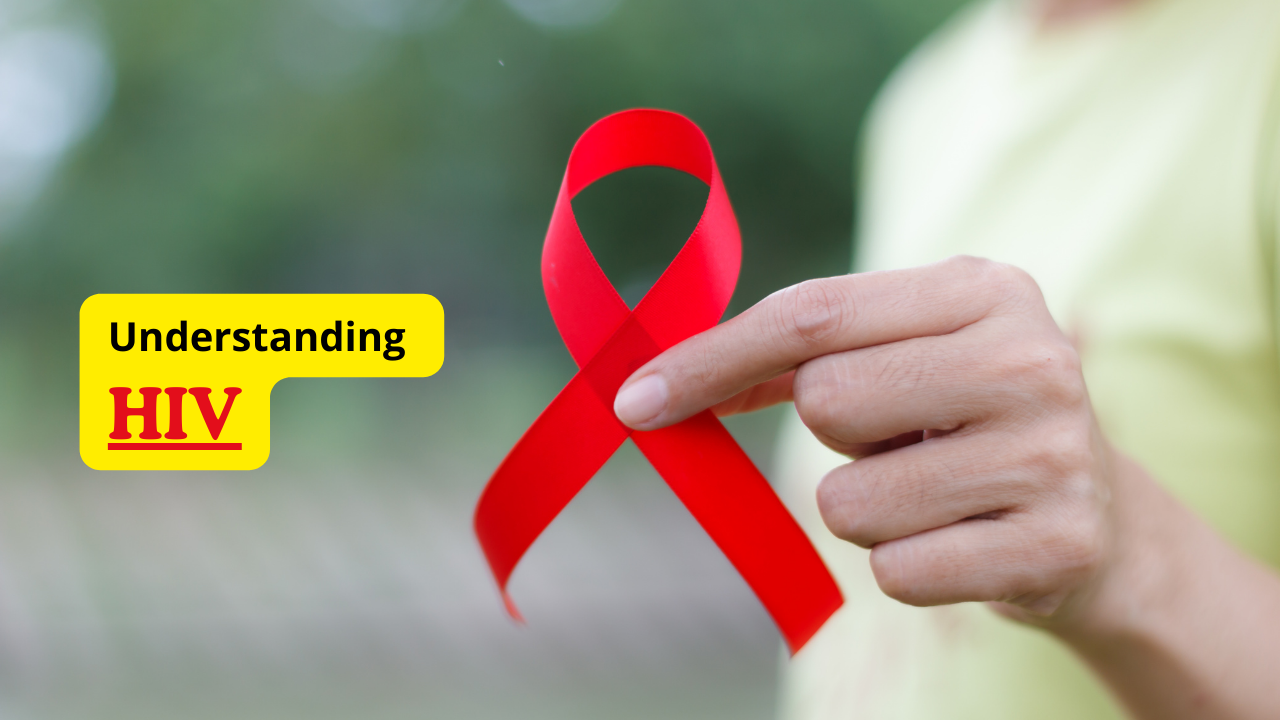Human Immunodeficiency Virus (HIV) continues to be a significant public health issue globally, but with increased awareness and education, we can prevent its spread and support those affected. Understanding how HIV is transmitted and learning effective prevention methods are crucial steps in this journey. In this blog, we will delve into the mechanisms of HIV transmission and provide actionable advice on how you can protect yourself and others.
What is HIV?
HIV is a virus that attacks the body’s immune system, specifically the CD4 cells (T cells), which are essential for fighting infections. If left untreated, HIV can lead to Acquired Immunodeficiency Syndrome (AIDS), a condition where the immune system is severely compromised, making the body vulnerable to opportunistic infections and certain cancers.
How is HIV Transmitted?
HIV is primarily transmitted through specific body fluids from a person who has HIV. These fluids include:
- Blood
- Semen (cum) and pre-seminal fluid (pre-cum)
- Rectal fluids
- Vaginal fluids
- Breast milk
The most common ways HIV is spread include:
Unprotected Sexual Contact: HIV can be transmitted during anal, vaginal, or oral sex if one partner has HIV. The risk is higher if there are cuts, sores, or STDs present, which can facilitate the entry of the virus.
Sharing Needles or Syringes: People who inject drugs and share needles or syringes are at high risk of HIV transmission.
Mother-to-Child Transmission: An HIV-positive mother can transmit the virus to her child during pregnancy, childbirth, or breastfeeding.
Blood Transfusions and Organ Transplants: Although rare in places where blood is screened rigorously, HIV can be transmitted through infected blood transfusions or organ transplants.
Occupational Exposure: Healthcare workers can be exposed to HIV through needlestick injuries or contact with infected blood.
Myths and Misconceptions About HIV Transmission
It’s important to dispel some common myths about HIV transmission. HIV cannot be spread through:
- Casual contact such as hugging, shaking hands, or sharing dishes.
- Air, water, or insect bites.
- Sweat, tears, or saliva (except in rare cases where saliva is mixed with blood and both partners have significant mouth sores).
How to Protect Yourself from HIV
Preventing HIV involves taking proactive steps to reduce your risk of exposure. Here are some effective strategies:
Use Condoms Consistently and Correctly: Latex or polyurethane condoms are highly effective at preventing HIV and other sexually transmitted infections (STIs) when used correctly every time you have sex.
Get Tested Regularly: Knowing your status and that of your partner is crucial. Regular HIV testing is essential for sexually active individuals, especially those with multiple partners.
Pre-Exposure Prophylaxis (PrEP): PrEP is a daily medication for people at high risk of HIV. When taken consistently, it can significantly reduce the risk of HIV infection.
Avoid Sharing Needles: If you inject drugs, use new, sterile needles and never share them. Many communities offer needle exchange programs to reduce the risk of HIV transmission.
Treatment as Prevention: If you are living with HIV, taking antiretroviral therapy (ART) consistently can reduce your viral load to undetectable levels, meaning you cannot transmit the virus to others (Undetectable = Untransmittable, or U=U).
Regular STI Screening and Treatment: STIs can increase the risk of acquiring or transmitting HIV. Regular screening and prompt treatment of STIs can help reduce this risk.
Post-Exposure Prophylaxis (PEP): If you think you’ve been exposed to HIV, PEP is a course of antiretroviral drugs taken within 72 hours of exposure to prevent infection. It is intended for emergency situations and is not a substitute for regular prevention methods.
Conclusion
Understanding HIV and its transmission is the first step in protecting yourself and others. By following safe practices, getting regular screenings, and staying informed about the latest prevention methods, we can significantly reduce the spread of HIV. Remember, knowledge is power, and through education and action, we can make strides towards a world without HIV/AIDS.
Stay safe, stay informed, and take care of your health and the health of those around you. For more information and resources, please visit our website or contact our support team.

